This guest post is by Rupert Jenkins, director and curator of the Colorado Photographic Arts Center (CPAC). CPAC’s new exhibition, “Mixed Bag: Marijuana in the Highlands,” presents marijuana-themed images by three photographers: H. Lee, Theo Stroomer and Benjamin Rasmussen. Rasmussen has been documenting the story of legalized marijuana since 2012. In the following post, Jenkins asks Rasmussen about his documentation of the Colorado pot industry.
Rupert Jenkins: Your images in “Mixed Bag” depict legal dispensaries, industrial grow houses, piles of cash, and an almost militarized system shown in a brightly lit, clinical, almost scientific style. Can you talk about your visual approach to this subject?
Benjamin Rasmussen: The lighting is very intentional. I try to take a visual approach that has a polish of how you would photograph a celebrity or an athlete: high-tech, modern, clean, rich, white, with a colorful appeal that contrasts with a lot of the cultural clichés.
Initially, [photo editors] wanted crazy stoner clichés, but for me the big thing is, “How do you fight against the visual clichés of pot?” I’ve had fights with photo editors because they want some clichéd view of someone smoking a bowl, some modern take on Cheech and Chong. To me this is counterproductive because it’s playing into stereotypes—and, it’s not that interesting.
RJ: When did you start photographing Colorado’s marijuana scene?
BR: I moved to Colorado five and a half years ago. One of the first shoots I did was a marijuana story for the New York Times. I’ve shot this subject for many people; in the U.S., The New York Times, CNN, the Wall Street Journal, Wired and many others. All of the work in “Mixed Bag” was shot on assignment—I did 15-20 stories for 10-12 publications. As the issue and national conversation has changed, the approach has changed as well.
RJ: One thing that’s so noticeable in your pictures is the cash. Pot is legal but it’s also a cash-based enterprise, which suggests a Prohibition-type of underground economy.
BR: I watched someone hand over $10,000 in 20-dollar bills to buy a bunch of pot to sell at a dispensary because they can’t use banks. They pay their HVAC guy in cash… such a strange thing. You’ve got cutting edge technology to monitor and track the use of this stuff (marijuana), and then [they’re] operating in the 1800s in terms of how [they] do [their] finances. They’re stuck with piles of $10s and $20s. That’s so interesting to me. How do you deal with a multi-million-dollar industry that up until a few years ago was illegal? It’s a massive industry yet without modern technology.
RJ: Are you continuing to work with this subject? Are there aspects of it that you haven’t yet covered?
BR: I am pretty tired of pot stories, but still shoot them occasionally. Unfortunately, as media interest continues to grow the people in the industry are limiting access more and more. So I end up having to fight for access that was standard a year ago. If someone contacts me for an assignment that is interesting and engaging I will jump on it. But I am pretty much done with the standard “We want to give our readers an idea of what legalized pot looks like” type stories.
RJ: Do you have a personal interest in this subject?
BR: I definitely feel connected to the subject because of the time I’ve spent on it, and I’ve had a unique opportunity to gain access because of these assignments and the people I work for. Pot is a huge states’ rights issue, a major historic movement bringing in a ton of taxes. It’s a huge experiment. My interest is much more of a market/government interest vs. a patient/consumer interest. The images I’ve shot are connected to dispensaries, growing, and financial aspects [rather than] the consumer aspect.
For me, the legalization of marijuana in the U.S. is one of the defining issues of our time. My goal with this work is to get people to see it as something serious; as something that can’t be brushed off with stoner jokes and college movie clichés. It really is the very forefront of significant political issues and ideas about where business and entrepreneurship are going. And the people in it right now are the people who will be leading this industry in years coming forward. The crazy part is, they’re making it up as they go along.
RJ: How has legalizing pot affected Colorado in particular?
BR: People in Colorado are now taking it really seriously because of the money involved. It’s a substance that had an outsider status, and now it’s being brought into the fold of a larger, free-market capitalist system. Millions of dollars have been invested by silicon-valley type people. And yet, at the same time, it’s this weird middle ground where it’s still not completely legit. Risk and tension is there, but it’s also about all the people who are business owners, consultants, security, training. An entire marketplace has opened up around this.
RJ: What else are you working on, outside of editorial assignments?
BR: I am working on two large projects right now. The first examines the historical, political and social aspects of immigration and assimilation. It is a massive and free flowing project that comes from my own confusion with the complexity and irony of what it means to become American. It looks at how xenophobia caused the internment of Japanese-Americans during WWII and today we appropriate aspects of their culture as our own. And how African Americans in Ferguson are still fighting for their rights just miles from where Dred Scott is buried.
The second looks at the impact that Typhoon Haiyan had on the small town of Hernani in the Philippines. The project began soon after the typhoon hit in November of 2013 and will follow the town until November of this year. It consists of images, interviews, drawings from residents and a series of short films. It will be released as a multi-chapter digital story and a unique print object.
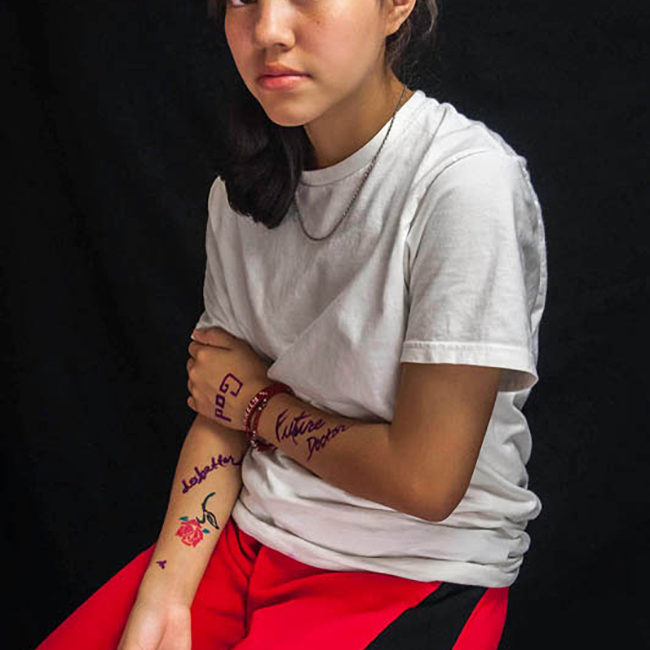
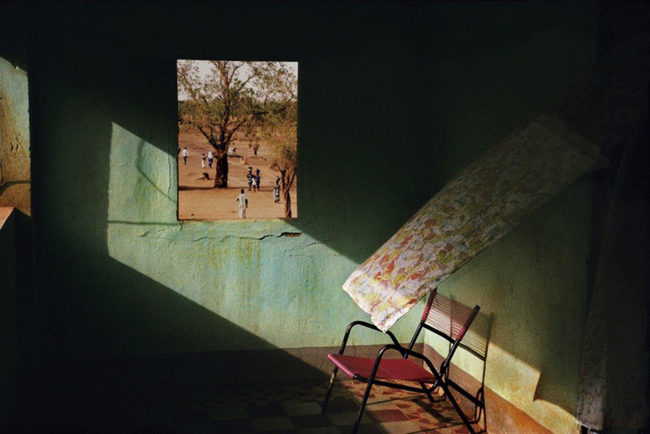



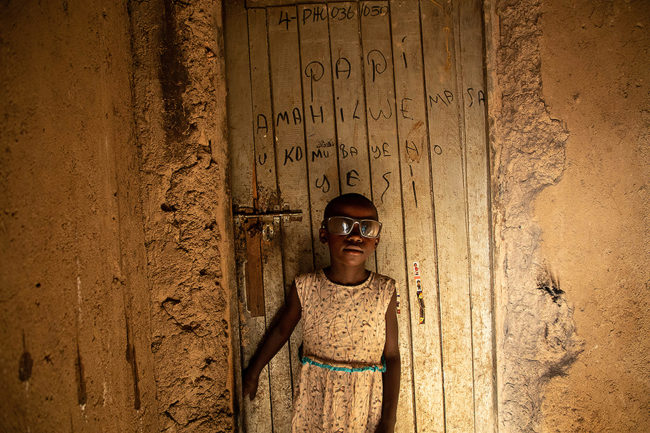


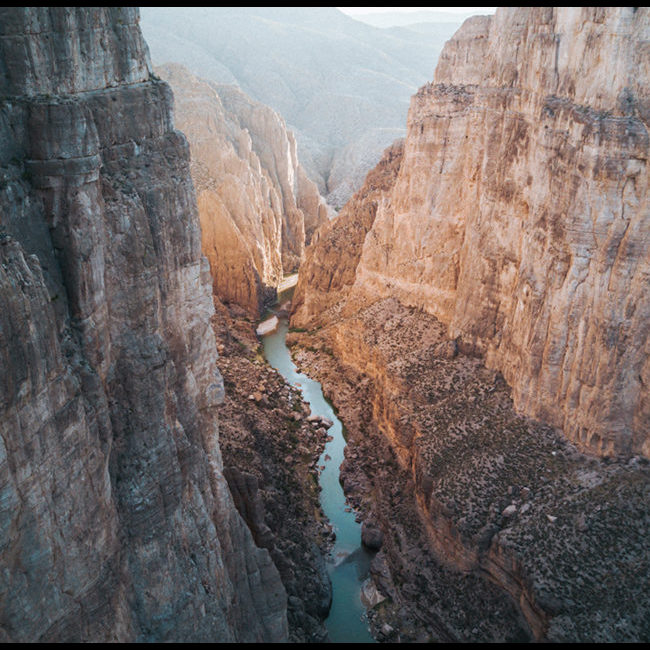
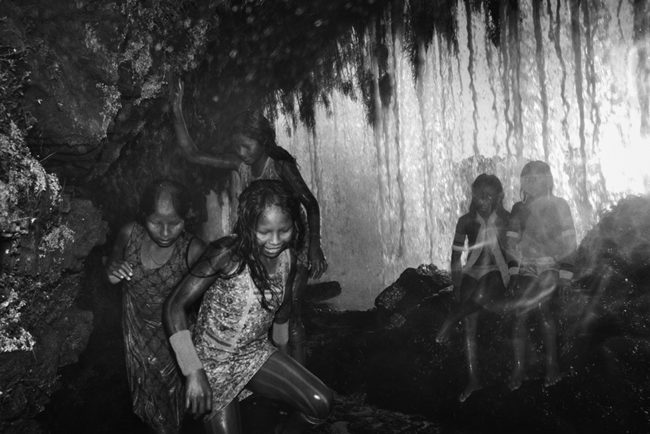
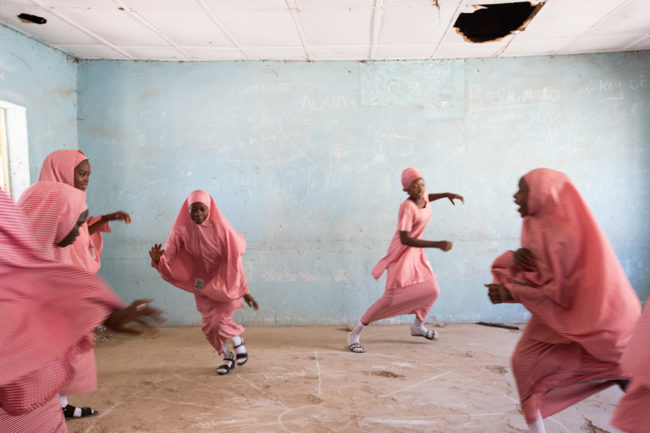
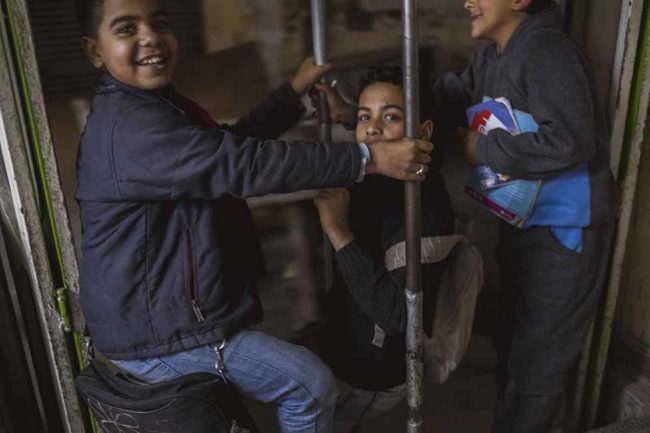
Stock Pot Images carries H.Lee’s work, as well as top Cannabis photographers Justin McIvor, Mark January, Lew Robertson, Stephen Swintek, and more. Our goal is to show the real faces and communities of Cannabis. Legalization is our goal and we hope to end the stigmatization and stereotyping of the Cannabis user through our collection.